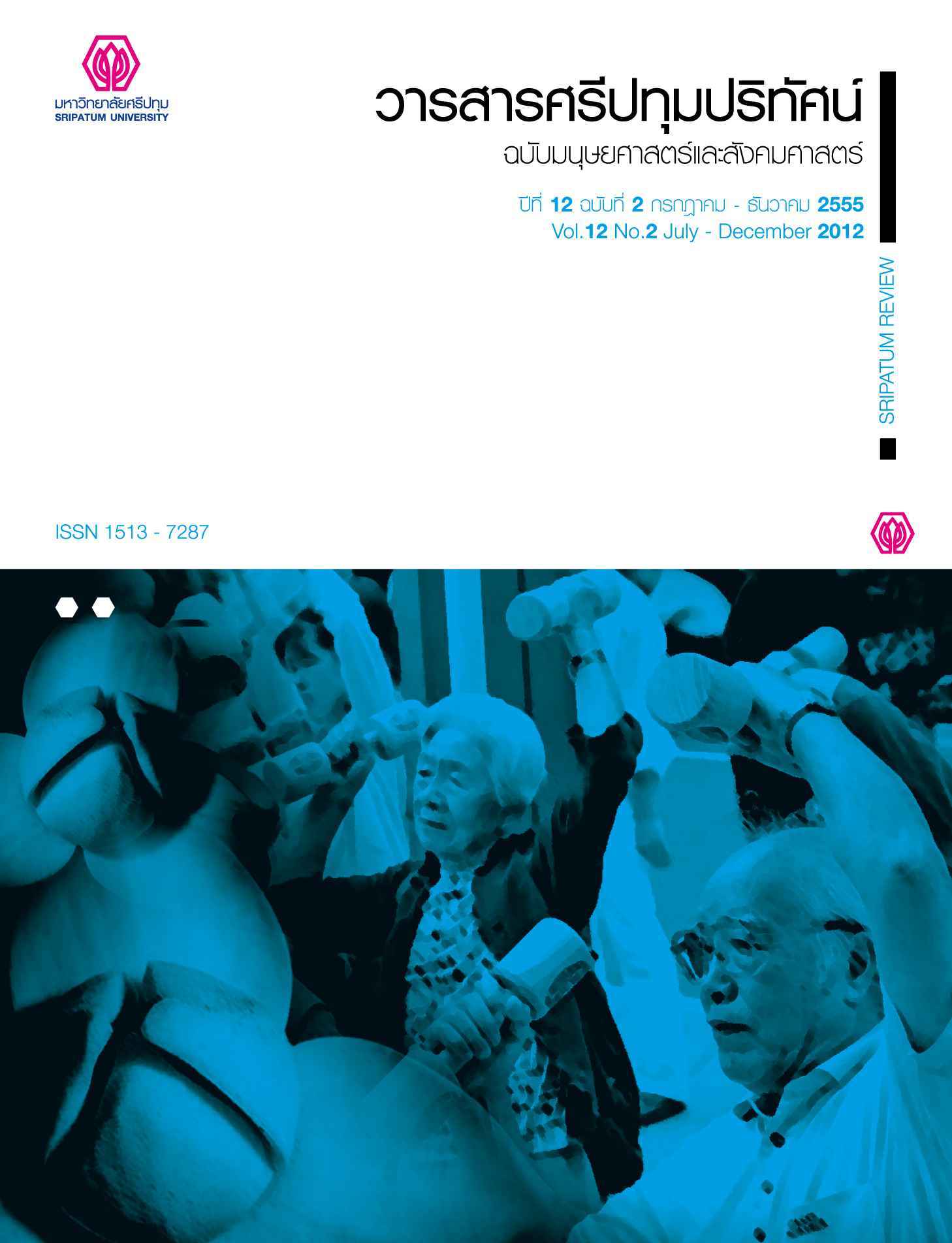WORKFORCE PLANNING IN PUBLIC ORGANIZATIONS: A CASE OF NATIONAL RESEARCH COUNCIL OF THAILAND (NRCT)
Main Article Content
Abstract
The impacts of baby boom and baby bust together with the public sector’s manpower streamlining strategic initiative (2006-2008) led to the massive loss of workforce through the early retirement programs and the freezing of new recruitment adopted by the government. The National Research Council of Thailand (NRCT), as a national research organization, is currently facing the shortage of manpower and in urgent need of comprehensive succession planning in the next 5-10 years. The main purposes of this study were to analyze the strategic directions of NRCT and search for problems and issues influencing and obstructing its strategic workforce planning. A comparative study between workforce demand and supply was also conducted and analyzed to find the “gap” or the differences in the need for and the existence of manpower in reality. The results provided significant information for proposing action plans for personnel determination at different positions in NRCT.
Article Details
1. กองบรรณาธิการสงวนสิทธิ์ในการพิจารณาและตัดสินการตีพิมพ์บทความในวารสาร
2. บทความทุกเรื่องจะได้รับการตรวจสอบทางวิชาการโดยผู้ทรงคุณวุฒิ แต่ข้อความและเนื้อหาในบทความที่ตีพิมพ์เป็นความรับผิดชอบของผู้เขียนแต่เพียงผู้เดียว มิใช่ความคิดเห็นและความรับผิดชอบของมหาวิทยาลัยศรีปทุม
3. การคัดลอกอ้างอิงต้องดำเนินการตามการปฏิบัติในหมู่นักวิชาการโดยทั่วไป และสอดคล้องกับกฎหมายที่เกี่ยวข้อง
References
สำนักงานคณะกรรมการข้าราชการพลเรือน (สำนักงาน ก.พ.). (2549). แนวทางการวางแผนกำลังคนเชิงกลยุทธ์ในส่วนราชการ. กรุงเทพ: พี เอ ลิฟวิ่ง.
สำนักงานคณะกรรมการข้าราชการพลเรือน (สำนักงาน ก.พ.).(ไม่ปรากฎปีที่พิมพ์). คู่มือการจัดทำแผน กลยุทธ์การบริหารทรัพยากรบุคคล. สืบค้นวันที่ 12 กรกฎาคม 2551.
Analoui, F. (2007). Strategic Human Resource Management. London: Thomson Learning.
Anderson, M.W. (2004). “The Metrics of Workforce Planning,” Public Personnel Management. Winter, Volume 33, No.4, pp.363-379.
Australian National Audit Office. (n.d.). Planning for the Workforce of the Future: A Better Practice Guide for Managers. Retrieved on July 13, 2008 .
Australian Public Service Commission, Australian Government. (n.d.). Building Business .
Capability Through Workforce Planning. Retrieved on August 15, 2008.
Management Advisory Committee, Australia. (2005). Managing and Sustaining the APS Workforce. Retrieved August 15, 2008.
Keel, J., State Auditor’s Office, Texas. (2006). Workforce Planning Guide. Retrieved on May 2, 2008.
Millmore, M.; Lewis, P.; Saunders, M.; Thornhill, A.; and Morrow, T. (2007). Strategic Human Resource Management: Contemporary Issues. England: Pearson Education.
Office of Personnel Management. (2005). OPM’s Workforce Planning Model. Retrieved on May 2, 2008.
Office of Personnel Policy, U.S. Department of Interior. (2001). Workforce Planning Instruction Manual. August. Retrieved on May 2, 2008.
Pynes, J.E. (2004). The Implementation of Workforce and Succession Planning in the Public Sector. Retrieved on August 15, 2008 .
U.S. General Accounting Office. (2003). Human Capital: Key Principles for Effective Strategic Workforce Planning. Retrieved on July 12, 2008 .


